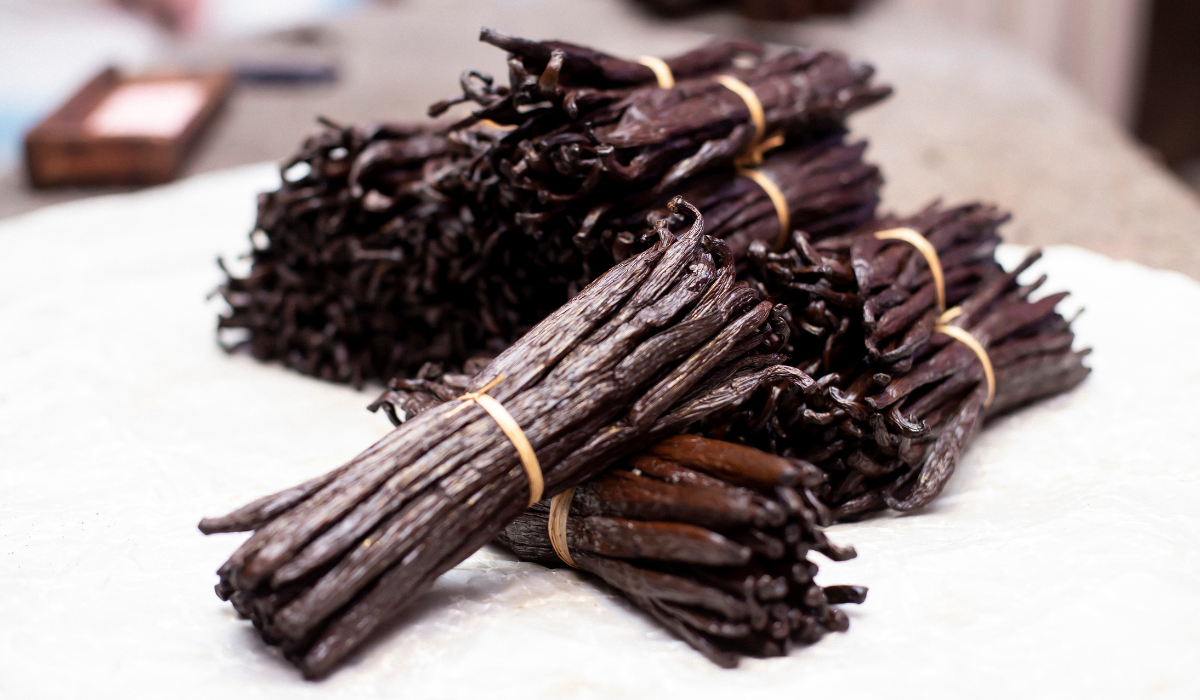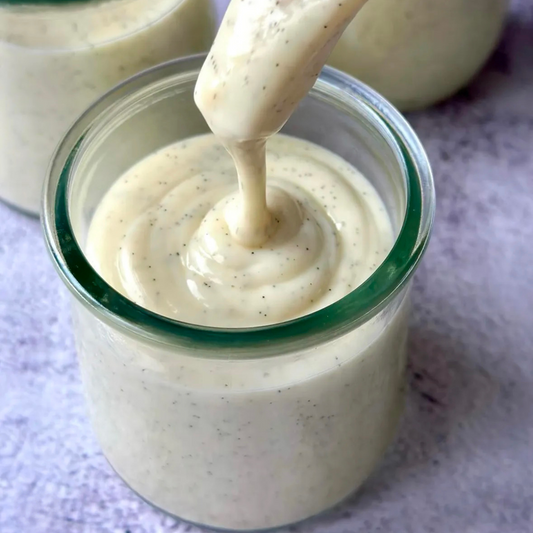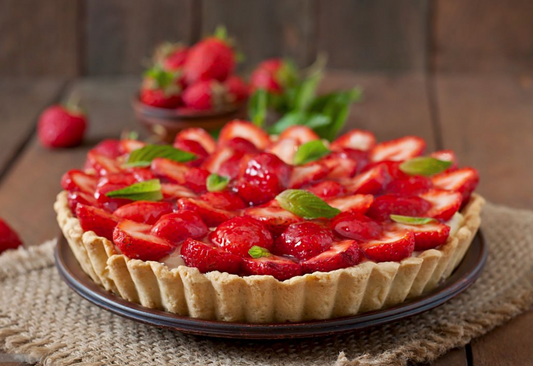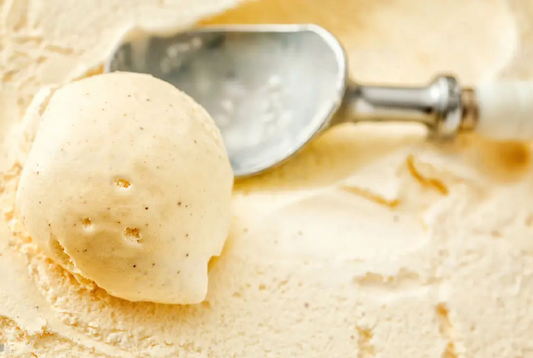Vanilla is one of the world's most prized and expensive spices—second only to saffron—and Madagascar accounts for approximately 80% of global production. This dominance is due to the unique qualities of Madagascar Bourbon vanilla in terms of terroir, artisanal know-how, and flavor profile. But beyond its exceptional quality, the vanilla industry supports thousands of Malagasy people and faces numerous challenges. In this article, we take an in-depth look at why Malagasy vanilla is often considered the best in the world.
Exceptional terroir: tropical climate and fertile soils
Madagascar offers vanilla growers an ideal environment. The main growing area is located in the SAVA region (for Sambava, Antalaha, Vohemar, Andapa), in the northeast of the island, nicknamed the "vanilla capital of the world" due to its perfect climate. This warm and humid tropical climate, with regular rainfall and a stable temperature around 25-30°C, creates optimal conditions for the growth of vanilla orchids. The soils are rich in nutrients—often of volcanic origin—which contributes to the development of complex and intense aromas in the pods.
Another key factor: vanilla is grown in agroforestry , under the canopy of trees. Rainforests provide the shade and humidity the plant needs. “We can’t plant on dry soil because [vanilla] needs a lot of water and shade; the forests are essential to us,” says a Malagasy producer. By preserving the forest canopy, farmers maintain an ideal microclimate while protecting the ecosystem. This unique terroir—a combination of a tropical climate, fertile soil, and lush forest—gives Madagascar vanilla unrivaled quality.

By comparison, other vanilla origins have less combined conditions: vanilla from Mexico, the historical birthplace of the spice, grows in a tropical climate but in much smaller volumes; Tahitian vanilla (Vanilla tahitensis) comes from a different species and a Pacific island climate, which gives it a distinct flavor profile; Indonesia, the world's second largest producer, offers a suitable climate but its preparation methods differ, impacting the final flavor. Madagascar combines an ideal terroir and a large production scale, which partly explains its global reputation.
Traditional know-how and artisanal production methods
The excellence of Malagasy vanilla is also due to its cultivation and preparation methods, which have remained very artisanal. It all begins with manual pollination : each vanilla flower blooms for only one day and, in the absence of its natural pollinator (a small bee native to Mexico), producers must pollinate it by hand. This delicate process, invented in the 19th century by Edmond Albius in Réunion, is essential for obtaining pods. It takes approximately 600 pollinated flowers to produce 1 kg of prepared vanilla – a titanic task carried out by expert hands.

After 9 months of maturation on the vine, the green pods are harvested at full maturity (when their tips turn slightly yellow). Then begins a long process of curing (fermentation and drying) , essential for revealing the aromas. The traditional stages, inherited from the "Bourbon method", are spread over several months:
- Scalding: Freshly harvested pods are immersed in hot water (~65°C) for a few minutes to kill the bean and initiate the enzymatic reaction. This is a specific feature of the Malagasy preparation (in Mexico, the heat of the oven or the sun was formerly used).
- Steaming: The pods are then placed in lined wooden crates (or blankets) for 24 to 48 hours, where they "sweat." This warm fermentation develops the chocolate brown color and initial aromas.
- Drying: For several weeks, the pods are exposed to the sun for a few hours a day, then stored in the shade or in crates at night to continue fermenting slowly. This alternation gradually reduces their humidity while preserving the aromatic compounds.
- Refining: Once drying is complete, the pods, now black and supple, rest for several more weeks (or even months) in trunks or boxes. It is during this refining that the aromas concentrate and "marry", resulting in the final bouquet.
In total, it takes 3 to 6 months of post-harvest preparation to obtain vanilla ready for use. During this period, the pod will lose weight (the water evaporates until only about 30% moisture remains) and above all, gain its characteristic aroma. In its raw state, green vanilla is odorless and bitter; it is the biochemical transformations of fermentation that release vanillin , the main aromatic molecule, by hydrolysis of precursors such as glucovanillin. Rigorously controlling fermentation is essential to obtain a rich and balanced flavor. Any attempt to take shortcuts (for example, drying too quickly) results in a loss of quality – connoisseurs immediately detect sloppy vanilla.
Madagascar adheres to these time-tested artisanal methods, passed down from generation to generation. At every stage, the eye and human know-how prevail: from the choice of flowers to pollinate (so as not to exhaust the vine) to the sorting of the pods by quality, including the expert touch assessing the right degree of drying. This artisanal care is reflected in the superior quality of the finished product. By comparison, some other origins practice different processes: in Indonesia, the pods are sometimes scalded and then dried very quickly in the sun, producing a vanilla with smokier notes; in Mexico, preparers sometimes wrap the pods in blankets heated in the sun or in the oven. These shorter methods produce vanilla with less developed aromas. Malagasy vanilla, on the other hand, does not compromise over time : it is this patience in the preparation that makes all the difference.
A unique and incomparable aromatic profile
The result of this terroir and this know-how is a vanilla with intense aromas and great complexity. Bourbon vanilla from Madagascar is particularly appreciated for its rich taste profile: a sweet and creamy flavor, supported by notes of caramel and chocolate . Many describe it as sweet on the palate, although the pods contain very little natural sugar. Floral and slightly fruity touches can also be expressed in the background, which gives Malagasy vanilla an unparalleled aromatic roundness . It is this gourmet palette, both powerful and subtle, that makes chefs around the world choose it to enhance desserts, ice creams, pastries or even sauces.
From a chemical perspective, the aromatic richness of Madagascar vanilla is explained by the multitude of volatile compounds it contains. More than 500 different aromatic compounds have been identified in vanilla pods, a veritable molecular orchestra where each note contributes to the overall harmony. Vanillin is the main soloist—it is the most abundant molecule and the one that gives the typical, sweet, and familiar vanilla note. However, Bourbon vanilla (from Madagascar and neighboring countries) is particularly rich in vanillin compared to other varieties. For example, a chromatographic analysis showed that a Madagascar pod could contain four times more vanillin than a Tahitian pod (Tahitensis variety). This high content translates into a stronger aromatic intensity and that pronounced “real vanilla” taste sought after in baking.
However, vanillin is not everything. The complexity of Malagasy vanilla comes from the combination of many other aromas in the top, heart, and base notes: spicy phenols (such as eugenol with clove accents), aniseed and floral compounds, woody, fruity notes, etc. Each terroir can leave its own signature: thus, studies show that Tahitian vanilla (a different species) contains more aniseed substances (anisaldehyde, anisic alcohol, etc.) which give it a more “almond and flower” fragrance, while Bourbon vanilla (planifolia species) develops more phenols and vanillin, resulting in a more “classic” vanilla aroma. Similarly, nuances exist between Bourbon vanilla from different islands: a Comoros vanilla may have a more pronounced smoky note due to its traditional drying, while a well-prepared Malagasy vanilla generally offers the purest aromatic balance.
In short, Madagascar vanilla combines intensity and aromatic complexity . Its fleshy pod, with its oily and supple appearance, releases an enchanting aroma as soon as it is split open. Pastry chefs readily call it "gourmet vanilla" because its notes of cream, caramel, and chocolate enhance sweet creations. It is this organoleptic richness, difficult to reproduce, that has led to it being said to be the best vanilla in the world.
An economic and social pillar in Madagascar
Vanilla isn't just a matter of taste: in Madagascar, it's a pillar of the economy and social life . With 80% of global production, the vanilla industry occupies a strategic position for the country. It is estimated that it represents nearly 15% of Madagascar's export revenue alone—a huge figure for a single product. During periods of high prices, vanilla has even approached 10% of the national GDP, according to some sources.
Above all, vanilla cultivation provides a livelihood for tens of thousands of Malagasy people . Around 80,000 people are estimated to work directly in this sector, mainly smallholders and their families in rural areas. In the SAVA region, the beating heart of vanilla, it is often the main – or even the only – source of income for village communities. Vanilla is thus much more than just a cash crop: it is a way of life rooted for generations. Farmers devote most of their time to it, from clearing new plots in the forest to carefully preparing the pods. It can take 3 to 4 years of attentive care before a young vanilla plant produces its first usable harvest, a long-term investment that few other crops require.
When the harvest is good and the prices are fair, the money from vanilla irrigates the entire local society: it allows families to build better houses, pay for their children's schooling, improve their diet, and so on. Vanilla has thus lifted many farmers out of poverty over the years. For example, in a testimony collected by WWF, a farmer explains how her income improved significantly 10 years after switching from rice to vanilla, while emphasizing her responsibility to preserve the forest so that "it lasts."
However, this windfall also brings with it significant tensions and vulnerabilities . First, the vanilla market is extremely volatile . The global price of a kilo of natural vanilla can rise from $50 to over $500 in a few years depending on supply and demand. At the end of 2017, after a poor harvest aggravated by a cyclone, prices reached stratospheric heights (up to $600 per kilo on the international market), propelling Malagasy vanilla to the rank of "black gold" more expensive than silver! While this surge has enriched some exporters, it has also had perverse effects on the ground: increased thefts in plantations, growing insecurity, and pressure on producers to harvest too early.
Indeed, ripe vanilla pods are worth a small fortune—more than the average annual income per capita. Organized gangs soon began attacking plantations at night. In the SAVA region, many farmers stand guard, armed, to protect their "green gold" from thieves. According to local police, more than a thousand vanilla thieves have been apprehended in one year in the northeast of the country, and exasperated villagers have sometimes gone so far as to lynch looters caught in the act. This insecurity weighs heavily on the lives of producers, who fear losing an entire year's work overnight. The Malagasy government has had to establish a system of controlled markets and official harvest dates in an attempt to curb the scourge of vanilla theft and the black market .







2 comments
Je confirme, la vanille de Madagascar est exceptionnelle ! Son arôme et sa qualité sont incomparables. Un vrai régal dans mes desserts.
Bonjour,
Je confirme que c’est la meilleure vanille du monde !